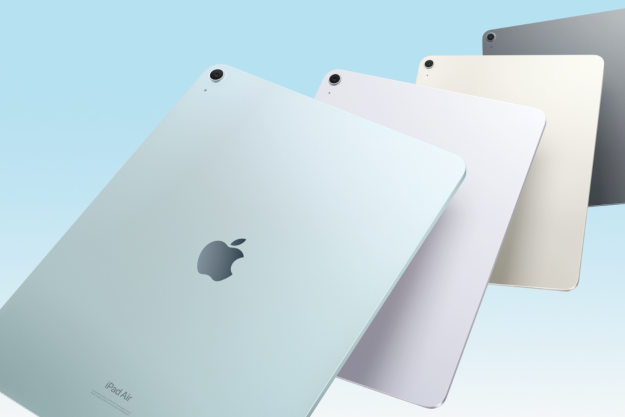
That certainly hasn’t stopped Citi Pay from launching, though, and customers will be able to use the new wallet for both online and in-app purchases. Citibank has partnered with MasterCard and its Masterpass service, which will allow for customers to make purchases from hundreds of thousands of online retailers in 33 countries (and that’s just at launch).
“Whether it is online, on a phone, or at a store, we want Citi customers to have seamless, convenient, and fast payment options wherever they go,” Barry Rodrigues, head of global digital payments at Citi, said in a statement. “With more than 100 million customers in the fastest-growing cities in 19 countries, Citi is uniquely positioned to accelerate payment innovation on a global scale. With Citi Pay, we are offering our customers flexibility wherever and whenever they choose to make purchases.”
Citi Pay will initially be available only for Android users, who can use their phones to make purchases at contactless point-of-sale terminals that support NFC technology. And while those in Australia, Singapore, and Mexico can expect to see Citi Pay later this year, American customers will have wait until early 2017 to use the new digital wallet. Of course, while you’re waiting, you can use any of a number of different mobile wallets that other banks have already introduced. Back in 2015, Chase Bank debuted its own version, and earlier in 2016, Wells Fargo entered the space.
But regardless of who you’re banking with, it looks like you’ll soon be able to retire your old physical wallet for good.

